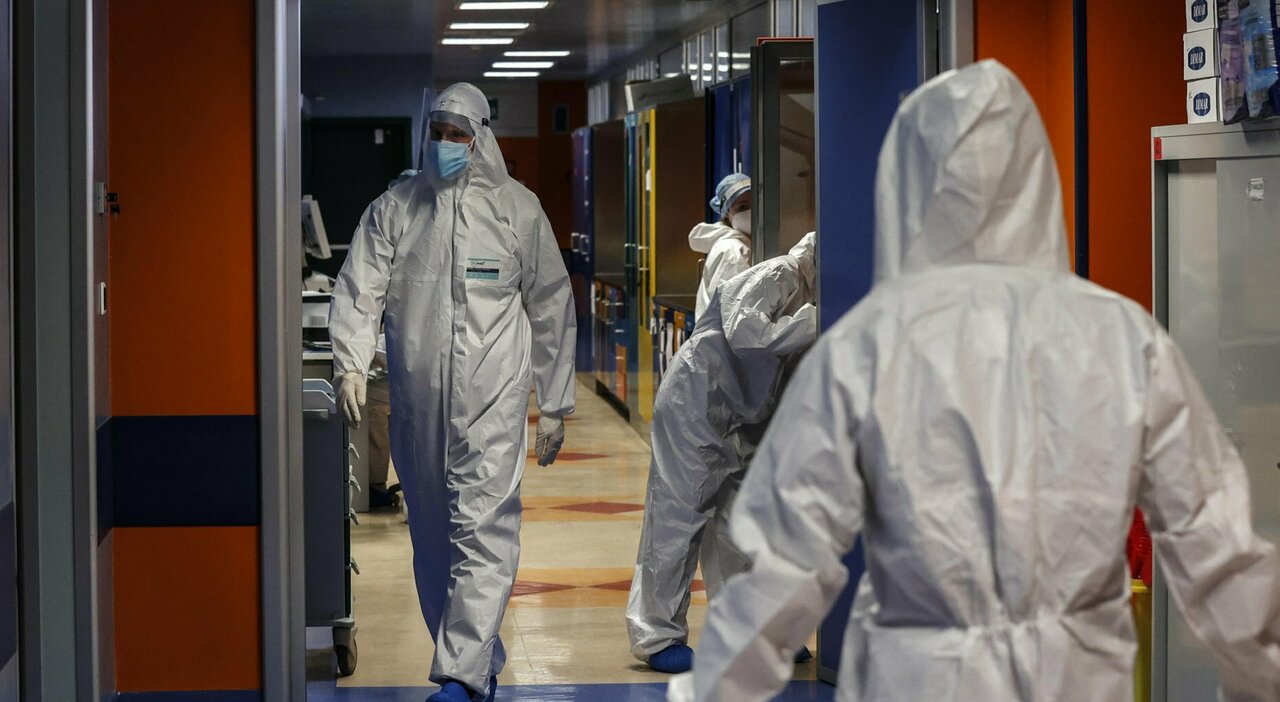If it is true that the figure of the dead people of Covid in the last two years it is now known, but the number of patients who needed treatment but in the end did not make it due to lack of beds remains almost indefinite. Among the patients who have paid most of all the account of a lack of planning and the lack of medici, there are certainly heart patients. According to the Italian Society of Cardiology (Sic), between November 2021 and January 2022, 68% of hospitals cut the number of interventions and hospitalizations, 50% reduced diagnostic tests and 45% reduced outpatient visits. In the 45 hospitals considered by the SIC survey throughout the country in two different phases of the pandemic, “a serious downsizing of cardiological care, including a 22% reduction in places in cardiological intensive care units” is observed.
Vaccines for children, Ema: “Ok to third dose Pfizer booster for over 12. Modern for 6-11 years”
The prospect is unfortunately merciless: “mortality from heart attack and stroke – report from Sic – risks returning to the levels of 20 years ago”. Not to mention that by now the number of people in need of treatment has increased, given that for those recovered from Covid, as emerges from a study published in Nature Medicine and conducted on more than 150 thousand patients, the risk of cardiovascular diseases also increases in those who is under the age of 65 and has no risk factors: it ranges from 52% more likely to have a stroke to 72% more likely to have heart failure. “In the initial phase of the pandemic – explains Carlo Di Mario, director of structural cardiological interventional care of the Careggi university hospital in Florence and a member of Sic – the intensive care units were filled with Covid patients, so some interventions intended for other patients did not they have been able to do more. Added to this is the lack of beds and nurses who were moved to the Covid wards “.
Fourth dose of fragile vaccine from 1 March. Son: “Novavax is coming over the weekend”
THE PATIENTS
In essence, many heart patients, unable to be treated or even just visit an outpatient clinic, unfortunately did not make it in the end. “The intervention that was relatively preserved – explains Di Mario – was the acuity, that is, if the person arrived with an acute heart attack, we always provided the treatment immediately”.
But the situation for many has been unmanageable and so the difficulties in accessing a hospital have slowed down taking charge. “In the very first phase of the pandemic – recalls the cardiologist – when it was recommended to stay at home, people interpreted this recommendation too literally and many times the patient who did not visit, did not call the ambulance, had a heart attack at home and then he died. In the second epidemic phase, there was instead an improvement in management and on the acute patient we were able to cope with the emergency quite well. Let us remember that angina, for example, is a pathology that has the potential for high progression and, above all, is unpredictable in its risk of destabilization “. Timeliness, in these cases, can make the difference between life and death. “Certainly we have had an increase in deaths that are difficult to quantify – admits Di Mario – Some patients did not show up in our clinics because they were less accessible, or because despite being put on a waiting list, they were not called for do angioplasty, coronary angiography, ecostress, and all other necessary tests. In short, they suffered delays which they paid for with their lives ».
Covid, infections decrease but mortality increases: what happens (and why it is a data to monitor)
Resolving the problem of waiting lists and taking care of all patients who need treatment is not easy. «We are trying to do our best – remarked Di Mario – we have also proposed some innovative mechanisms to try to reduce hospitalization times, which at the moment is our limiting factor even more than the rooms. Let’s not forget that even before the pandemic we had to deal with the shortage of doctors, anesthetists, beds and therefore of assistance. Then the situation got worse. In short, I believe that, if we are lucky, it will take at least 6-9 months to clear the waiting lists ».
© breaking latest news
